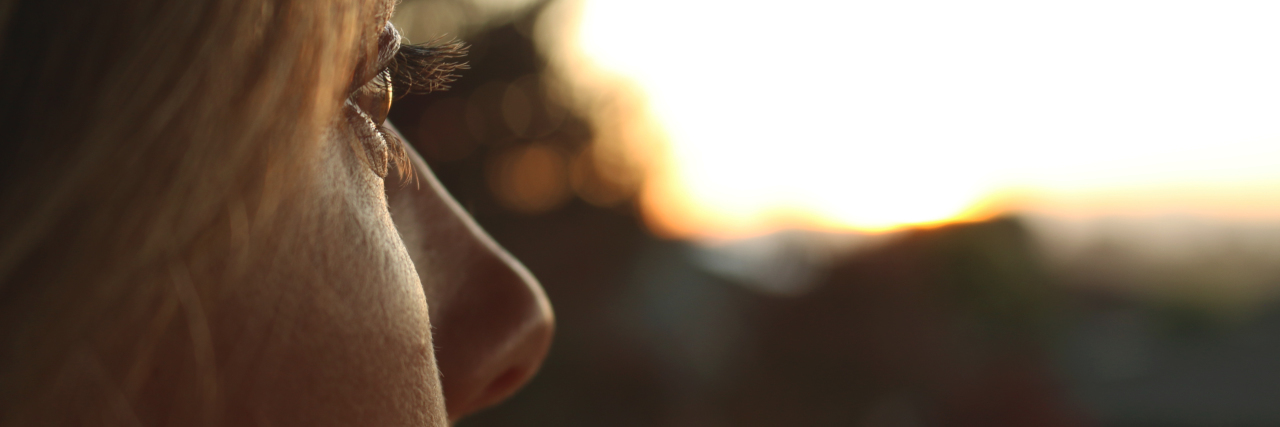As of this Sunday, 31 days will have passed since I’ve seen my own reflection.
When I relay this strange truth to family and friends, the responses tend to be quite varied, ranging from a subtle (yet very polite) “So what?” to an incredulous “Why?” After all, in this aptly named “selfie generation,” how could anyone, much less a female in her early 20s, willfully deny looking at themselves for even one hour? Three months ago, I would have adamantly agreed with them. However, three months ago I hadn’t fully begun to engage in treatment and hadn’t truly started on my road to recovery from body dysmorphic disorder (BDD).
According to the Anxiety and Depression Association of America, body dysmorphic disorder is “a body-image disorder characterized by persistent and intrusive preoccupations with an imagined or slight defect in one’s appearance.” While the definition is clinical, they are not lying when they use the word “intrusive.” Before developing BDD, I was a shiny, bright-eyed college freshman, eager to take on the academic and social opportunities my university had to offer. One such opportunity, my first “real” relationship, was just as wonderful as I’d always imagined — until it crashed and burned.
Getting dumped unleashed a dark, new sense of self-doubt that I had never before experienced, along with something else: breakouts. My former baby face began to rebel from the stress and I quickly became distraught. If I didn’t have my looks or a boyfriend anymore, what social currency did I have? Seemingly harmless attempts to regain clear skin and self-confidence spiraled rapidly out of control. By fall of junior year, I was a psychological shell of the woman I’d been just two years before. After my mother and I concluded there was no way I could succeed as a full-time student that semester, I reluctantly agreed to attend an intensive outpatient program.
This brings me back to the mirror (or rather, lack thereof). When I first started treatment, I treated the whole experience as another extracurricular, just one more activity to add to my agenda. My therapist and I bargained constantly, sometimes cutting down product usage and mirror time, other times adding them back in. One day in early November, I came into treatment having a full-blown meltdown — my worst nightmare, a gnarly red spot, had appeared. As I sat in my room sobbing, my therapist looked me dead in the eye and said it to me straight: the only way I would ever break free from BDD was to cut these damaging behaviors cold turkey — first out being the mirror. For the first time, I started to believe her. How could I ever live the life I wanted if I was tethered to my own reflection? In a leap of radical faith, I took a deep breath and agreed to give this new approach a shot.
Nearly one month later, I am proud to say that this approach, lovingly nicknamed the “cold turkey contract,” has done wonders for my recovery thus far. While the official agreement ended weeks ago, I have chosen not to add mirrors back into my life until I am positive I can do it in a smart, healthy way. Without this cruel distraction, I have been able to discharge from treatment, break isolation from friends and enjoy old hobbies that BDD pushed to the wayside. While I am in no way cured of this illness, the trust I now have in my treatment has allowed me to start truly living the life I am capable of.
We want to hear your story. Become a Mighty contributor here.
Getty image via LucidSurf

